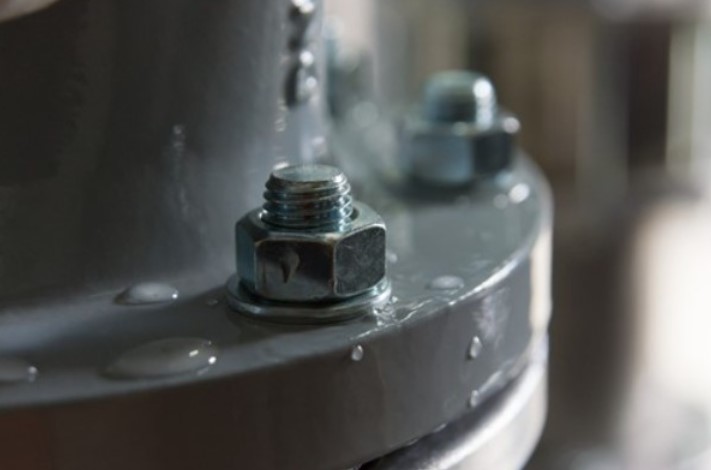Photo by Martinelle via Pixabay
One of the things that people may not think about when buying a house is waterproofing the crawlspace or basement. However, this is one of the biggest home maintenance items to address. You may not think of it because waterproofing is usually done when the house is built. However, it is important to note that the materials used to waterproof a house do wear out after several years, and they could be costly to update.
Checking for Waterproofing
If a basement or crawlspace is not properly waterproofed, the home will likely have a lot of humidity, which then leads to mold and mildew. Check basements and crawlspaces for dampness. If you are buying a house, look at it more than one time — the first time, when it’s nice out so that you can take your time. The second viewing, if possible, check the house after a hard rain so you can see where water puddles and if water seeps into the basement or crawlspace.
Ways to Waterproof Your House
You will need to hire a professional to waterproof your home. Depending on the basement, you might have to waterproof it from the inside. Or, you could put a moisture barrier under the floor joists. If a lot of water seeps into the basement or crawlspace, you might have to add drainage. A common way to get rid of excess water is to install a French drain along the basement walls to divert the water away from the walls.
If the house is at the bottom of a slope, you could divert the water before it reaches the house, either partially down the slope, or if the house is far enough away, at the bottom of the slope.
Dealing with Excess Moisture
Inside, you can combat excess moisture by introducing a dehumidifier. Placing one in the basement and one upstairs is helpful especially in more extreme cases. Depending on the size of the unit and the amount of humidity you’re trying to remove, you may have to empty the dehumidifier more than once each day. For a more long term solution, adding a moisture barrier under the floor helps keep the excess moisture out your living area.
Keep in mind that once you start to see mold and mildew, it’s probably already inside the walls of the house. Breathing it in is not good for your health — it could cause asthma and other breathing problems.
If you suspect a house has excess moisture problems, you may opt not to purchase that property. However, if you really love the house, be sure to have it professionally inspected to gain a full understanding of the existing issues. Request estimates for curing the moisture problem as well as mold remediation. When you make an offer on the house, you can choose to pay the asking price or work with your real estate agent to negotiate for mold remediation, cleanup and waterproofing.


 Facebook
Facebook
 Twitter
Twitter
 Pinterest
Pinterest
 Copy Link
Copy Link




